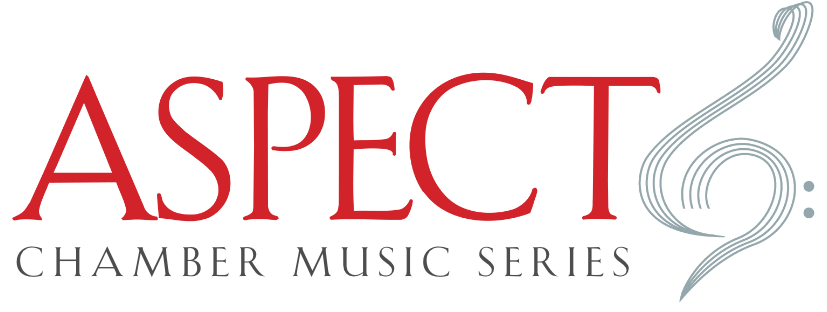SEVEN LAST WORDS
April 27, 2023 | Bohemian National Hall
Brentano Quartet
Misha Amory, viola
Serena Canin, violin
Nina Lee, cello
Mark Steinberg, violin
Illustrated talk by Ruth Padel
Program
Joseph Haydn Seven Last Words, Op. 51
Photographs by Alex Fedorov © 2023
On Good Friday 1787, in the great Baroque cathedral of Cádiz, music by Joseph Haydn was performed during ten-minute intervals between the bishop’s meditations on the Seven Last Words of Christ on the Cross. These Last Words refer to seven short utterances made by the dying Christ, taken from the Gospel stories of the Crucifixion, and Haydn wrote his music as a personal response to each of them.
In this concert, we present interspersed between Haydn’s movements not sermons, but poems, written and read by Ruth Padel in tribute to the interrelations, and tensions, created by the composer between word and music.
Each poem ends with the Word to which the ensuing music then responds. This first New York performance of Padel’s haunting poems offers a uniquely tangible and contemporary vision of a historic scene, as a world-renowned string quartet and a multi-award-winning poet take us on an emotional journey which begins by attending to the needs of others – Forgiveness, Comfort and Relationship – and progresses through Abandonment and Distress to culminate in Fulfilment and Reunion.












